Currently there are 5 species of harlequin barbs (Trigonostigma) scientifically named and accepted: the “classic” harlequin barb (T. heteromorpha), plus T. hengeli, T. espei, T. somphongsi and T. truncata. However, genetic studies showed that there are even more species. An exciting topic! From the great Sunda Islands of Sumatra and Borneo comes the glowlight harlequin barb, T. hengeli. Typically, this beautiful species has a bright orange-pink stripe around the comparatively small wedge spot, while the rest of the body is light colored and somewhat transparent. T. hengeli is unlikely to be confused with T. heteromorpha, but there is always confusion with T. espei. T. espei looks essentially like T. heteromorpha, the anterior body is colored in T. espei (light/transparent in T. hengeli).
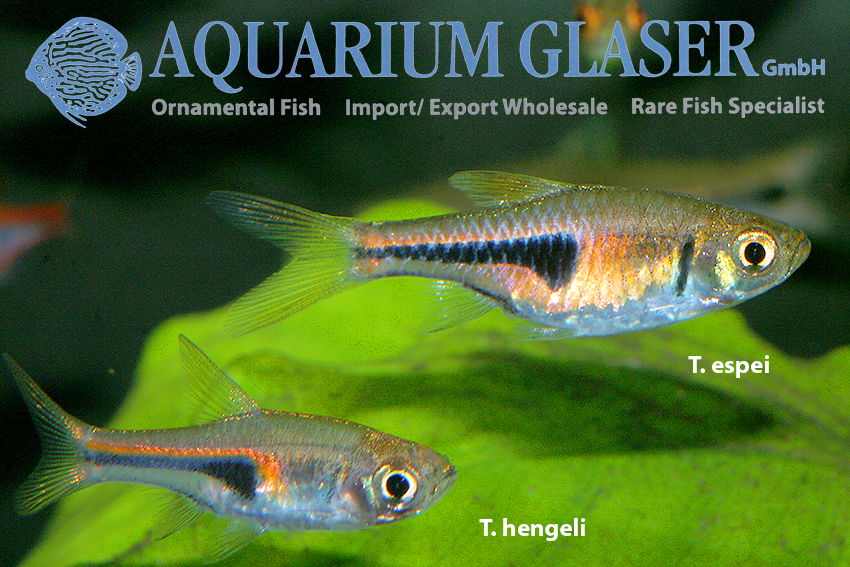
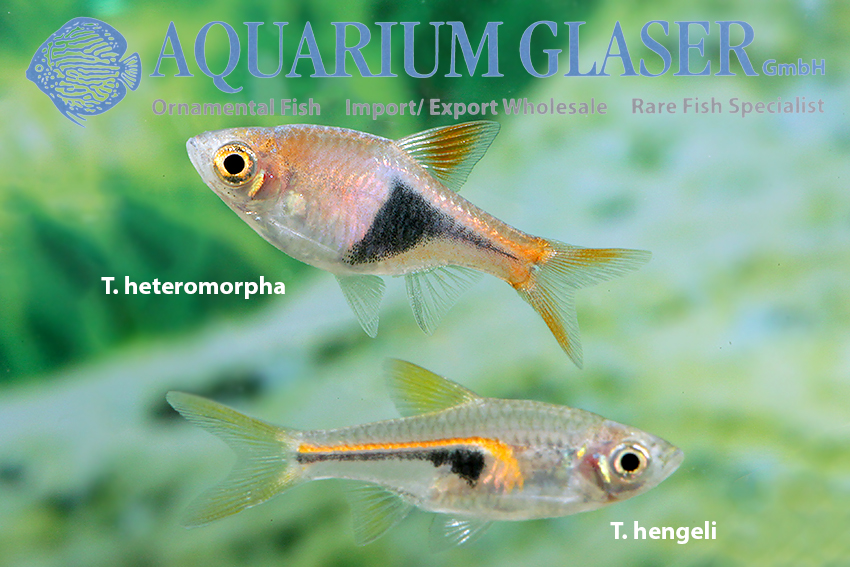
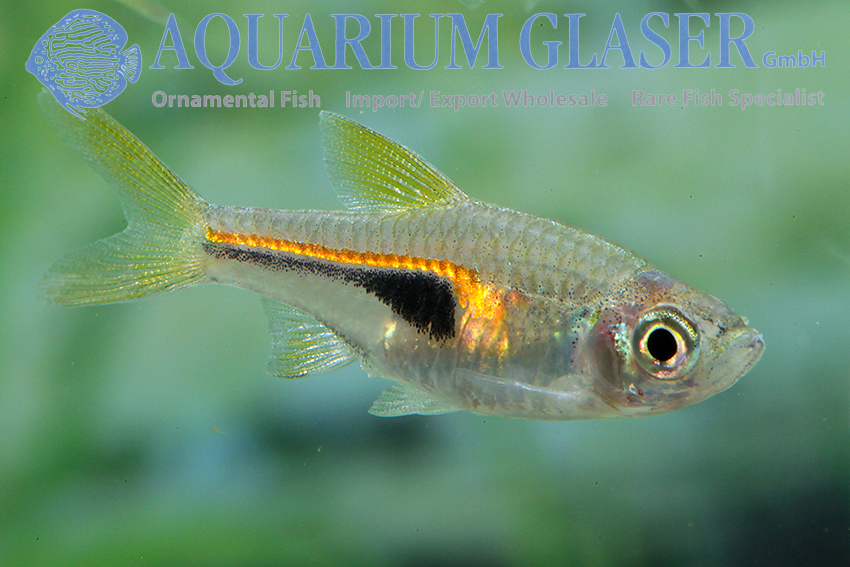
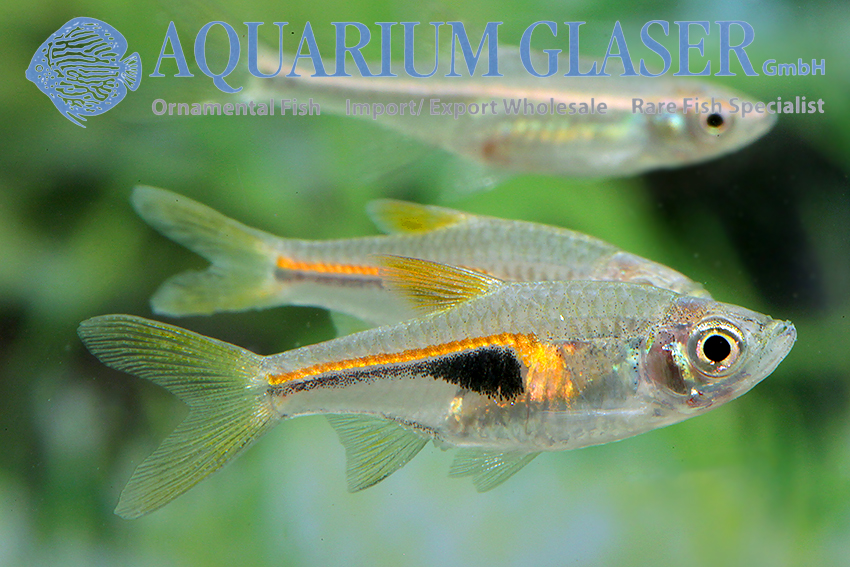
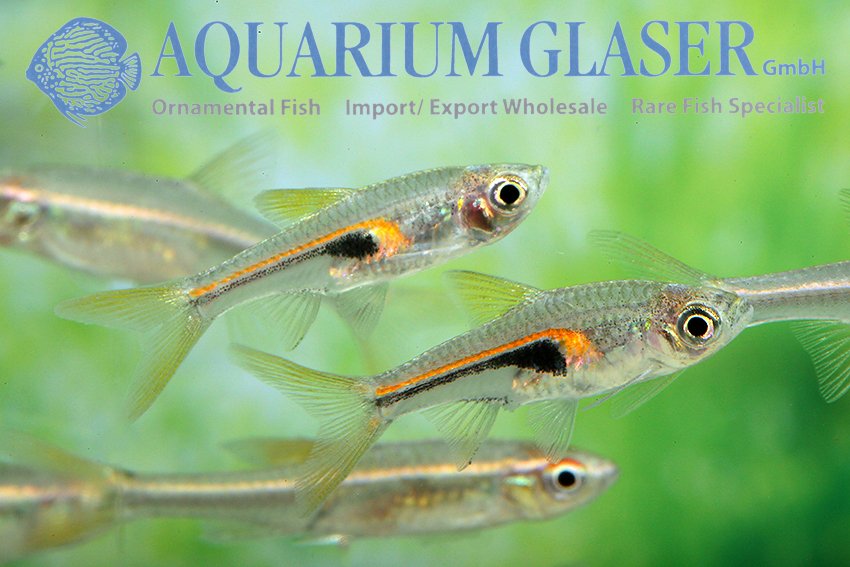
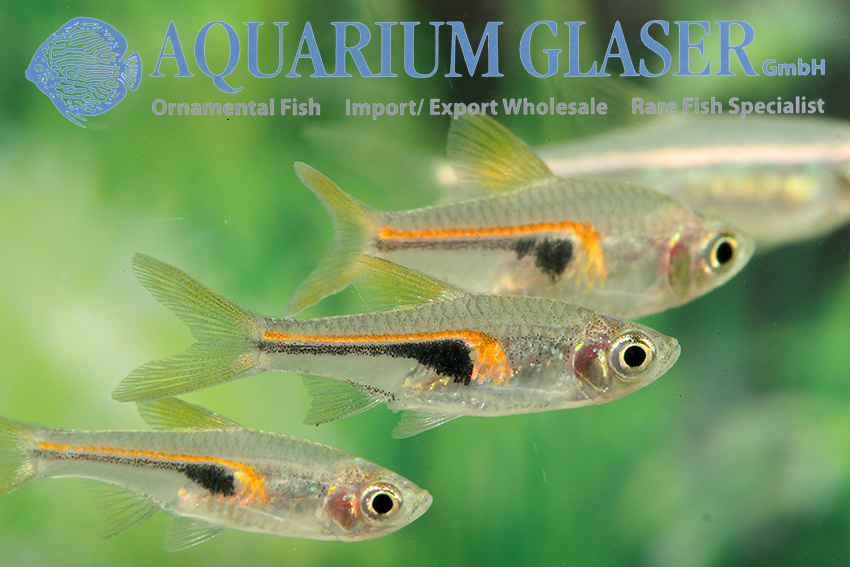
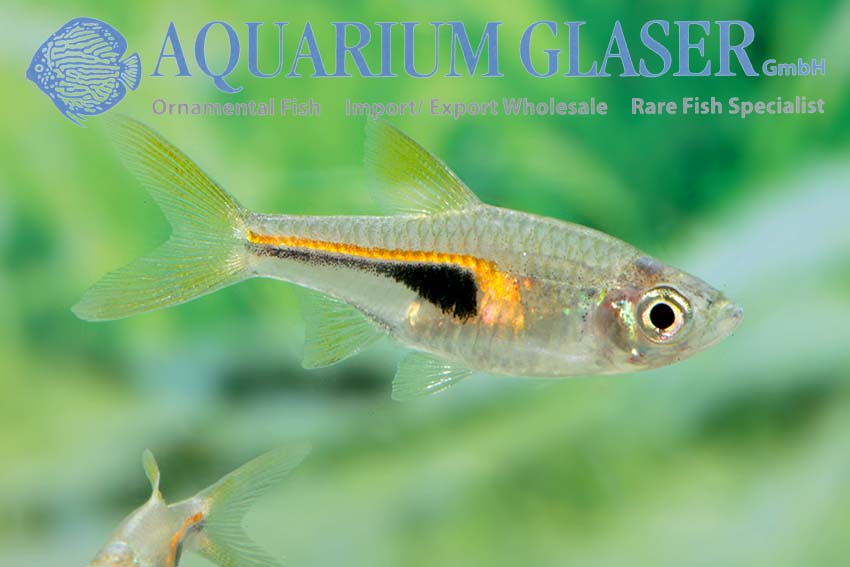
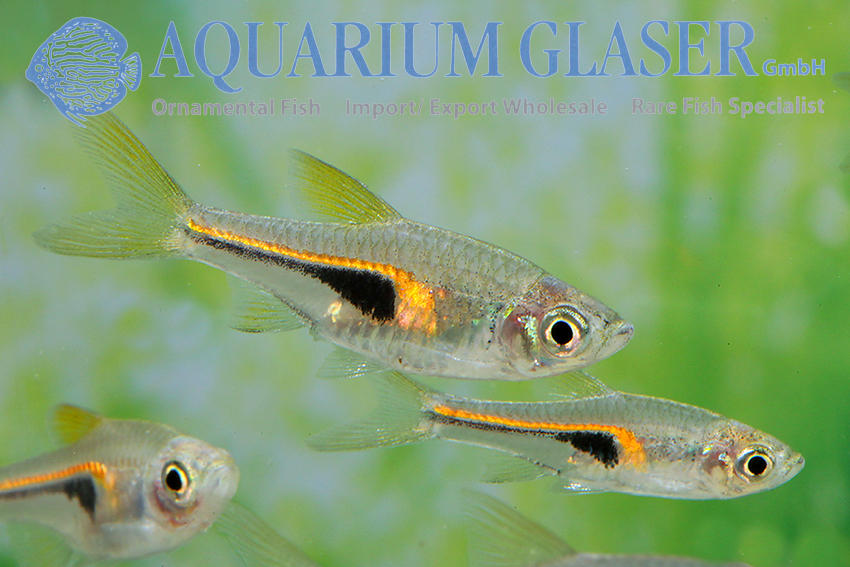
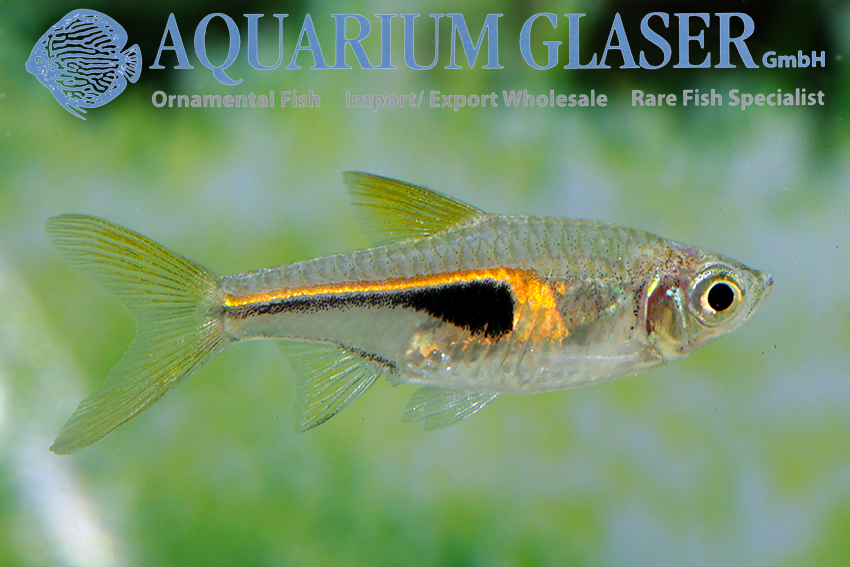
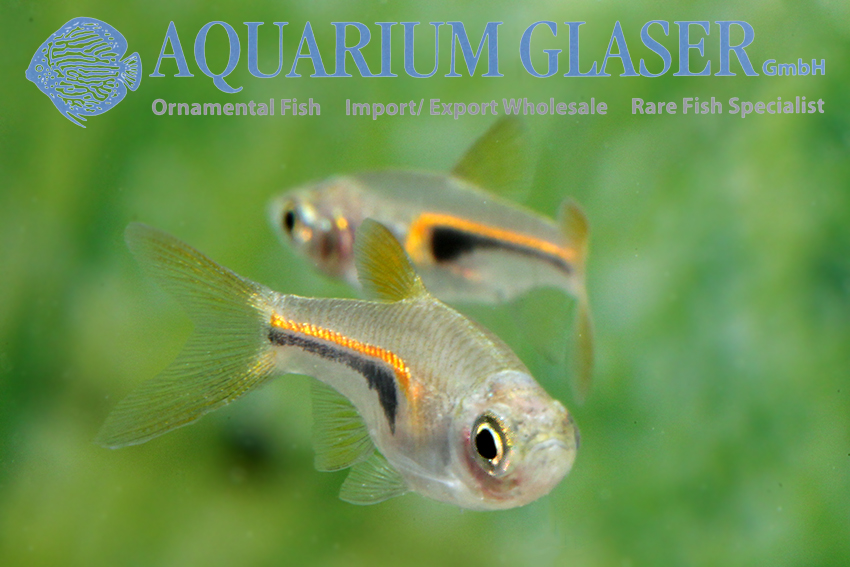
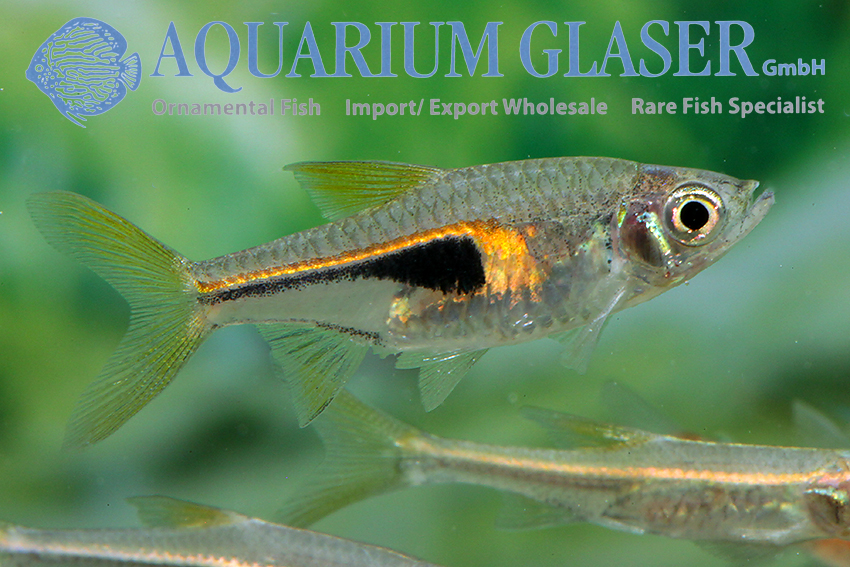
Overall, it can be said that T. hengeli is an ideal fish for blackwater aquariums with Southeast Asian character. Then their luminescent stripe comes perfectly into effect. The sociable animals also like to join shoals of other glowlight rasboras, in the current post e.g. Trigonopoma (formerly: Rasbora) pauciperforata. T. hengeli is absolutely peaceful and leaves even delicate plants untouched. The water temperature can be between 22 and 28°C. After acclimation the water values hardly play a role for keeping, any drinking water is suitable, however, as mentioned, the colors are considerably more intensive in water that is slightly brownish colored with alder cones, dead leaves etc.. Breeding is roughly similar to that of the harlequin barb. Like the latter, T. hengeli spawns in belly-up position under broad plant leaves. For breeding the water must be soft and acidic, otherwise the spawn will not develop. For feeding a good brand dry food is suitable as a basis, in addition frozen or live food should be given from time to time (1-2x per week), for breeding preparation also more often. The maximum length of the species is about 3 cm.
For our customers: the animals have code 452203 on our stocklist. Please note that we supply exclusively to wholesalers.
Text & photos: Frank Schäfer




